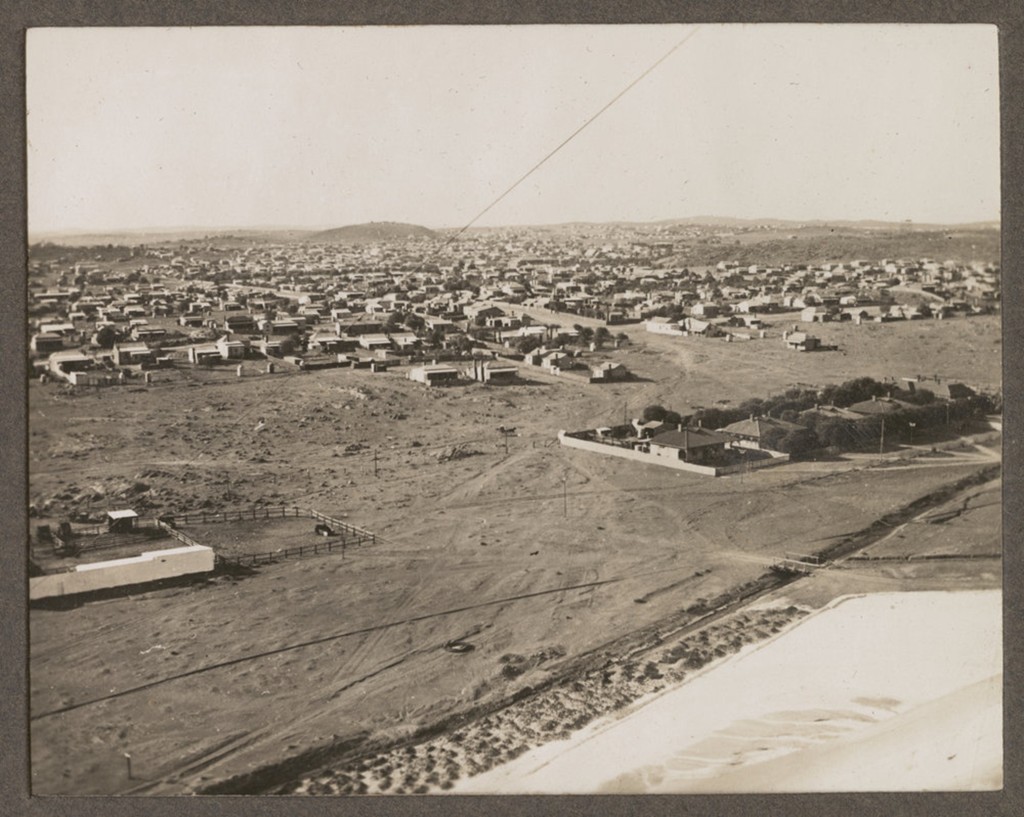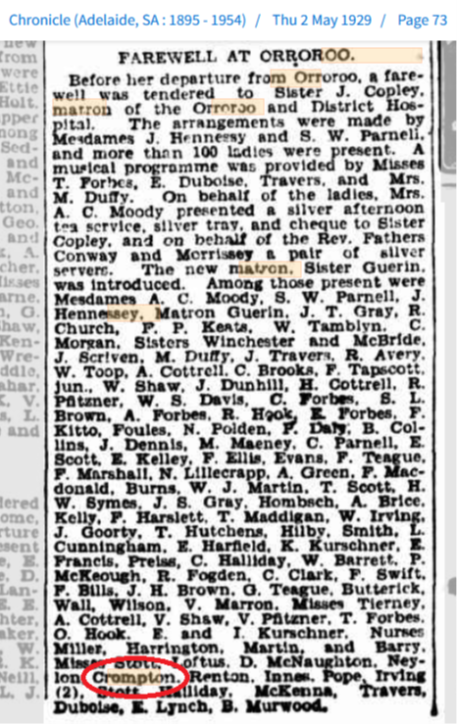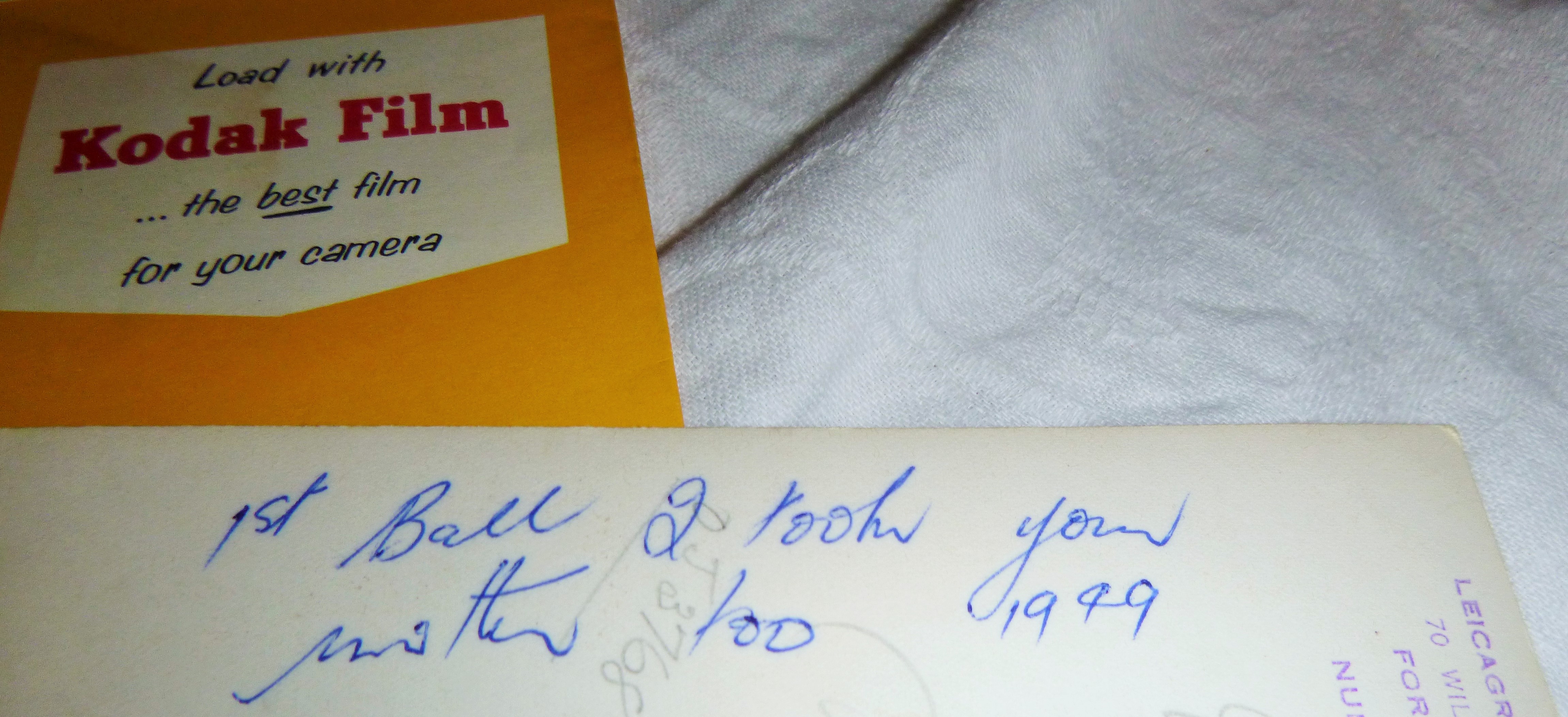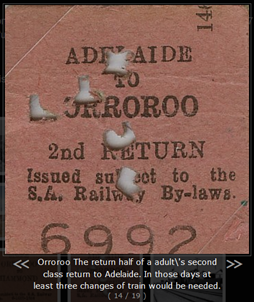Grandma’s Aunt Lilly was born in the UK in the Autumn of 1887, to Hugh Crompton and Alice nee Webb.
Before she was born, her parents had already made one trip from their home in Bolton to Australia, but after the death of their baby, Frederick, in Sydney, 1886, the couple came back to their family and friends.
Lily was just three when she set sail with her mother, bound for Australia. It’s likely her father had been in Australia the entire time, so this was also the first time young Lily would have ever met him.
Alice and Lily didn’t stay in Australia long-term (between 1 and 4 years). They were back in the UK some time after the 1891 UK census, but before 1895, when, age 7, Lily again arrived in Adelaide in the heat of an Australian Summer, when she and Alice disembarked in South Australia in January 1895.
Two years later, Lily was one month shy of her tenth birthday and living with both her parents in Perth, WA, when her younger sister, Ida, was born.
Lily would have gone to school in Perth, and possibly left at about age 14. She might have taken on some sort of extra education for a specific trade, gone straight into a job, or even stayed at home to help her mother.
When Lily was 16, her mother was extremely ill and the decision was made to once again sail for the UK, which Alice must have continued to feel was her home.
Some time in 1903 – either at sea, or back in Bolton – Alice died. The two sisters – aged 16 and 6 – were left to live with their father’s relatives, while he went looking for work. The family story is that he went to South Africa!
The cousins that Lily and Ida lived with were their uncle John and Aunt Sarah and John and Sarah’s four daughters. The family lived in the north east of Bolton. Like those around them, the Cromptons worked in cotton mills or similar industries, and the children all worked outside the home from a young age. Hugh’s brother John was only two years older, and had a similar work and – likely education background – to Hugh. He also had four daughters. Ida, Alice, Edith and Evelyn.

Lily may have started her working life here in a cotton mill or shop in inner Bolton. Depending on how ill her mother had been and/or how long, this might have been the first time in a long time, that Lily was in a household where someone other than her was responsible for the house and younger children. On the other hand, as a guest in the home, perhaps she felt extra responsible for her younger sister and took on much of the load of raising her.
In 1906, the second eldest cousin, Alice Maud, left the family home and married a man seven years older than herself, a draper, named George Loynd.
On her mother’s side, Lily only had two cousins. Florence was the same age as Lily, and Sarah was two years younger. The two girls were living with their widowed mother and maternal grandmother (not a blood relation of Lily and Ida) in Waterloo St, not far from the Cromptons. At age 14 Florence was working in a cotton mill, as a cotton winder.

The Bolton where Lily lived and worked as a teenager, was very different from turn-of-the-century Perth. It was an industrial city, without easy access to parks and gardens.


In 1907, after 3 years, when she was 19, Lily was on her way to Australia yet again – this time she was the adult, accompanying her nine year old sister. The sisters were to live in Broken Hill, with their father, Hugh, who Ida may not have seen since was only 5 or 6 years old, and who Lily would have lived with for less than half her life.
In Broken Hill, Hugh was a miner, but he was also injured and not always able to work. Lily, who remained living at home, may also have taken on some sort of paid work, as well as running the household for her father and sister.

With a population of over 30,000 when they arrived – and peaking at 35,000 in 1915 – Broken Hill was NSW’s second largest city with the shops, entertainment and other facilities to match. However, it was also very much a mining town, with mines as the major industry. Residential housing was often made of cheap, portable, materials like corrugated iron. If the sisters went straight there after arriving in Adelaide, they would have arrived in time for the December 1907 dust storm that blanketed the town. And, it was isolated – there were no trains to Sydney, and no direct trains to Adelaide.
Lily’s younger sister went to school in Broken Hill, and even went on to the District High School where she studied subjects such as cooking, and then the Commercial Training College where she studied typing and shorthand. In her early 20s, Lily had a pet cockatoo, perhaps called Mary.

When war broke out the sisters were likely involved in the local Red Cross, raising funds for soldiers overseas.
After the war there was a major strike in the mines, and Hugh was out of work for potentially up to 18 months. The post war years were also the time the Hugh was in court, in a fight against the mining company about him having been injured at work.
To continue her education, in the early 1920s, 24 year old Ida took more classes in shorthand at the local technical school. Perhaps Lily had done similar when they first came to town and she was in her twenties?
In 1922, when Lily was 35, Ida married and left Broken Hill. Lily stayed, likely still supporting her father, by taking on odd jobs such as looking after a house that was vacant. The sister may also have been involved in events at the local Anglican Church.
On July 26 1925, Hugh Crompton died.

On 4 August there was an ad in the Broken Hill paper for a job at the Orroroo Hospital.

At age 37, Lily was out in the world on her own.
Of all the places on this planet she could have gone, she chose Orroroo, half way between Broken Hill and Adelaide.
Lily worked as a general maid at the hospital for over 20 years, until she was retirement age.

She stayed close to her sister and nieces. In 1938 they all holidayed together in Sydney, having their photo taken in one of the displays in the bridge towers. Ida’s daughters – and later Ida’s grandchildren – knew her as Aunt Lily.
Another family photo shows the two sisters sitting together in a South Australian train, perhaps headed for Broken Hill – or to or from Orroroo more likely. (The design of the train means that the photo is no earlier than 1942, even though someone has written 1920s on it).
One of the interesting things about Orroroo, was that Lily’s sister was married to a man who had family connections – a number of his siblings had been born there! However, by the first time there was a census during Lily’s time, there were no Gentles in the town, so it’s likely just a coincidence that she ended up there. Although, perhaps knowing that there had been a connection made her chose the job over something else, feeling perhaps slightly less like she was heading off into the unknown, perhaps Charlie, or even his mother, was able to reassure her that it was a decent place to be. Or, it could be coincidence!

Lily lived in Orroroo from 1925 until about 1946. Photos show that it wasn’t a large town, but the presence of the hospital and the number of shops – and the railway station – suggest it was a regional centre, serving a much larger population than its size would suggest.
Photos from the SA Library show events during that time, and how the streetscape looked. Lily is likely in these group photos. In contrast to the photos of Bolton, the photos of streetscapes in Orroroo emphasis long distances and horizons. Streets end abruptly in desert.



There’s a photo of large number of women – and some men – gathered at a house in the town in 1937. I can’t see Lily’s face in the crowd. Behind the house is the local Catholic church, but looking at streetview, I don’t think the house is the manse, so it’s unlikely to be some sort of Catholic convergence that Lily wouldn’t be part of. So, perhaps she’s there? Either way, it’s a lovely picture of the sort of people she would have known.

Lily left Orroroo about October 1946. At this time the hospital advertised for a housemaid for the first time twenty years, but the job was now a house maid/laundress, giving an idea of the sort of work that Lily was doing at the hospital over those years, involved a lot of laundry!
After she retired, Lily made another move, and lived for a while with her sister and Charlie in Blythe Heads, Burnie, where they’d gone to be near their own adults daughters and grandchildren. Lily made friends in Devonport, and visited her grandniece in Moorina and took a trip to Adelaide. She must have moved to Adelaide at some point, because in 1954 she was recorded as being on a visit to with Ida and Charlie in Burnie. This was an extended visit, and Lily again became part of the community, playing euchre and supporting local charities. In 1958 she was again – or still – on the electoral role for Blythe Heads.
Lily is the first woman I have come across in my research who never married. Of course she may have wanted to. Perhaps in looking after her father in remote Broken Hill, she felt that she had missed other opportunities for her life. She’s of an age where she could have lost someone in WW1.
On the other hand, perhaps she took advantage of being of a generation where a woman – even one without much formal education – could forge a life for herself and find a home and community and some sort of financial security, without marriage. Perhaps, when she wasn’t working, she painted, read, watched birds, did crossword puzzles, enjoyed a drink, gossiped, cared for pets, sat on committees… there are so many ways she could have spent her time, lived her life, used her mind and her body, that no woman in her family before her had ever had the opportunity for.
I can’t find any records of her death, but here she is in life, Aunt Lily Crompton, on a train and off on a journey with her sister.


